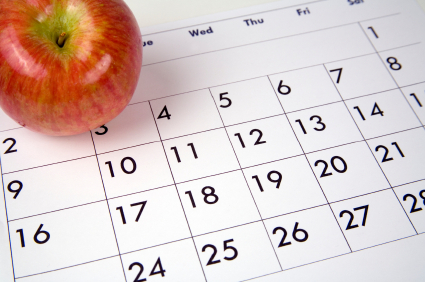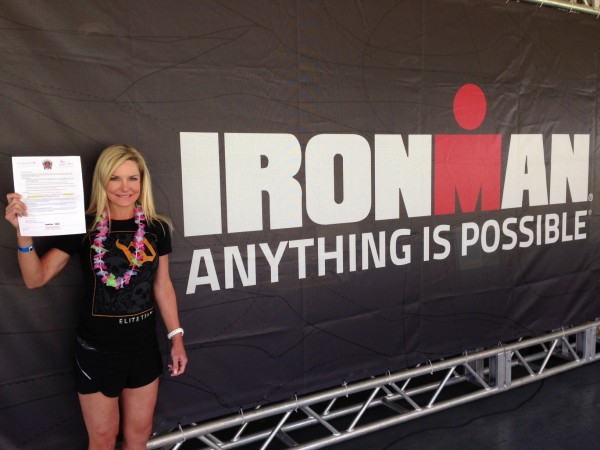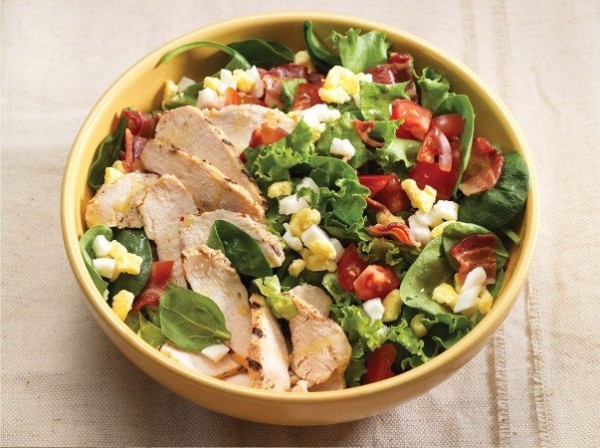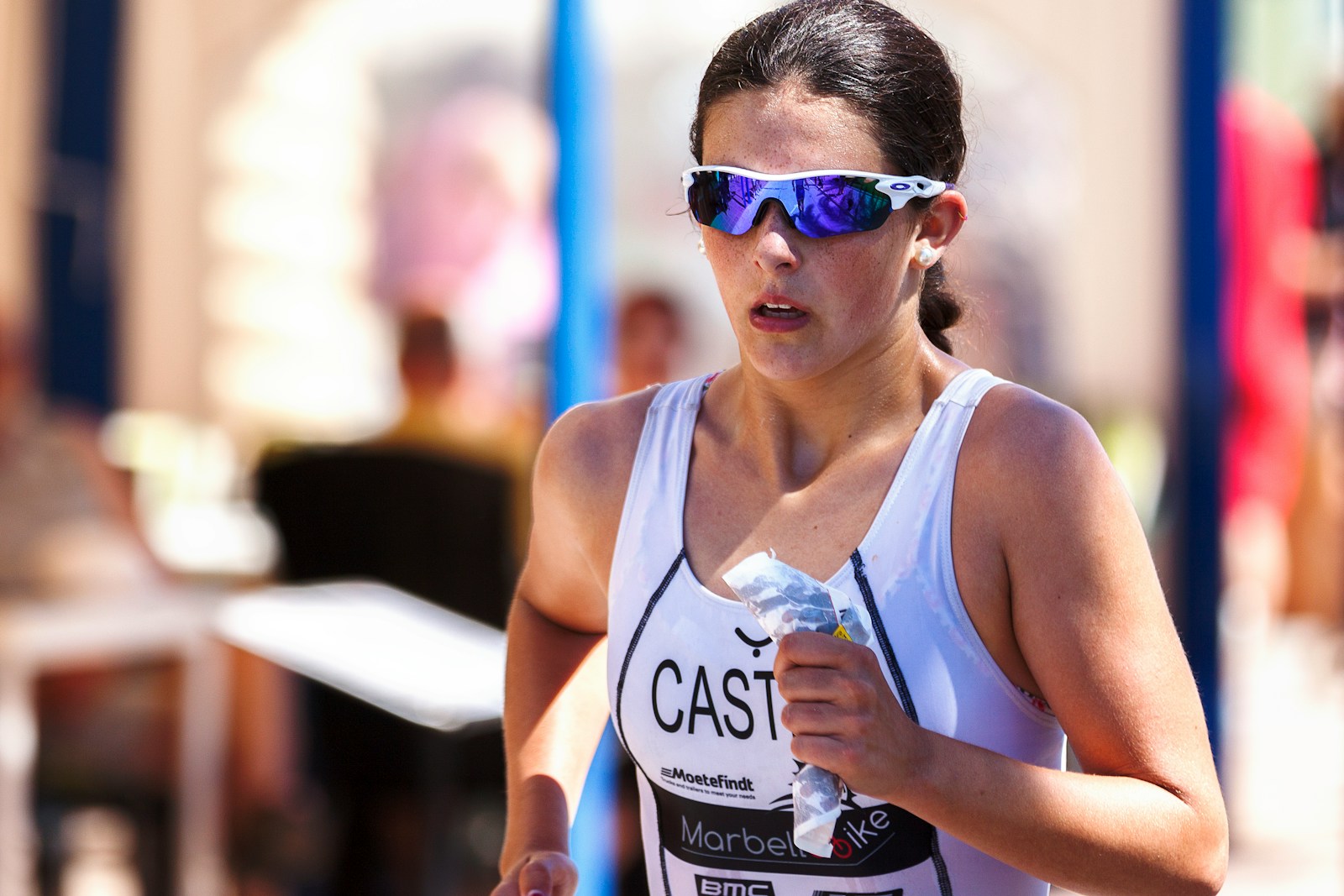Taper Nutrition Basics: A 3 Week Plan

Taper Nutrition Basics
The taper, or reduction in the training load, is a tried-and-true element of triathlon training. Athletes come to expect, look forward to, and/or dread the three-week period prescribed by most coaches. But no matter how good you are at putting your feet up and catching up on the latest Netflix binge, most athletes aren’t as good at understanding and executing a proper nutritional taper.
Let me paint the picture: It’s just three weeks until the big day, and you’re full of confidence. The grueling bike rides, epic swims, and long runs are all in the bag. You’ve found your rhythm, you’re getting extra sleep and your nutrition regimen has kept you healthy and well fueled. Then along comes taper time, allowing your body to fully recover so you can reach your maximum performance on race day. (Although every athlete is different, a well established rule of thumb for the IRONMAN taper is a reduction in training volume of 20 percent each week, beginning three to four weeks out from race day.)
As your volume decreases, so will your energy needs. Translation: less food. You may feel sluggish as your body adjusts to moving less, and without a plan, it can be easy to give into cravings, misplaced hunger, and lackadaisical eating. Feel your best and avoid unwanted weight gain by following the nutrition taper plan below.
3 weeks out (21 to 14 days)
Use your last long ride/brick workout to practice your pre-race meal and your ironman fueling plan. This is your last big dress rehearsal, so make sure your fueling plan works for you at race intensity. Your body absorbs nutrients differently in higher heart rate zones, so incorporating longer intervals into this workout while fueling is a great idea. Also hammer out the logistics: Where will you keep your fuel on the bike? Is it easy to reach? Will you take your own, or use the food handed out on the course? Stock your special needs bags with the same fuel you will use on race day, so in the event you drop a gel or a bottle, you can restock at the halfway point in your bike and run.
After your long bike/brick run and long run, be sure to consume a recovery drink or snack within 30 minutes to speed recovery and replenish glycogen stores. Aim for 50 to 70 grams carbs and 20 grams protein. Ramp up your fruit and veggie intake to help with inflammation, muscle soreness, and to repair oxidative damage. Oranges, broccoli, tart cherry juice, blueberries, tomatoes, cantaloupe, Brussels sprouts, avocados, green and red peppers, and carrots all pack a punch.
Begin to eat smaller, more frequent meals, eliminate calorically dense, nutrient deficient pre-packaged processed foods, and cut out or decrease desserts. (Treats will taste that much sweeter after the race!) Because alcohol dehydrates and interrupts sleep, now is a good time to cut back on or eliminate beer and wine as well. Prioritizing sleep and quality nutrition during this phase is key to feeling fit, rested and hungry to race!
2 weeks out (14 to 7 days)
With your training volume decreasing, you’ll need to adjust your caloric intake, too. Don’t eat when you’re not hungry and give yourself time at meals to feel full (think-eat slowly and mindfully). Make sure meals and snacks have the right balance of veggies, lean meat or protein, whole grains, fruit, and low-fat dairy. A big plate of pasta alone isn’t balanced and won’t give you the nutrients your body needs to repair and recover.
By reducing your workout volume and continuing to eat the right balance of nutrients at meals/snacks, you will be filling your glycogen stores. Resist the urge to over-consume in these taper weeks. Avoid eating after 8:00 p.m. if your schedule allows.
During this period, begin your day with a balanced breakfast that consists of 20 grams of protein and 50 to 80 grams of carbs (depending on your body weight and morning appetite)
Some examples include:
- 1 cup of Greek yogurt with 3/4 cup blueberries and one ounce almonds;
- 2 eggs, 2 pieces whole-wheat toast, and 8 ounces skim milk;
- 1 cup cooked oatmeal, 1 ounce raisins, and 2 eggs;
- 2 Tbsp peanut butter, 1 medium banana, 1 piece of toast, and 1 cup of skim milk.
In addition to balanced nutrition, aim for an extra hour each night and take naps if your schedule allows.
1 week out (7–0 days)
By this point in your taper, you’ve reduced your training volume by 80 percent. (If your biggest training week was 20 hours, you will do no more than four hours on race week.) Here’s a day-by-day nutrition plan to keep you primed to race:
7 to 4 days out: Eat well, stick to foods your body knows, and don’t overdo it on carbs. Avoid caffeine after 11:00 a.m. to ensure a quality sleep. Manage stress by doing 10 to 20 minutes of meditation each day.
3 days out: If you plan to use caffeinated gels or supplements during the race, decrease your caffeine intake by 25 percent now to ensure you get the boost you’ll need on race day. Increase carb intake to 60 percent, avoid uncooked meats and reduce fiber and spicy foods.
1 day out: Increase your sodium intake by seasoning your meals, eating salty foods like pretzels, and supplementing with salt tabs at 5:00 p.m. and 8:00 p.m. on the night before the race. (Test-drive this during training.) Loading up on sodium right before a big event has been shown to be more effective than chronic sodium loading and minimizes feeling bloated or tight on race morning. Your weight will be up somewhat, because for every one part glycogen stored, your body stores three parts water. You will lose this as your glycogen stores are used up in the race.
Now is the time to carb up. Lunch is your most important meal the day before the race. Opt for rice, pasta, pizza, potatoes, and a sandwich–along with some protein and lots of water.
For dinner, top off glycogen stores with a light meal that will be fully digested by the morning: a deli meat and cheese sandwich, hummus and pita, yogurt, a banana, with peanut butter and crackers or pretzels. Eat at least two hours before you plan to go to bed. If you are hungry or want a bedtime snack, a glass of milk is ideal for maintaining blood sugars during the night.
Eat up, rest up, and dream of the finish line.









